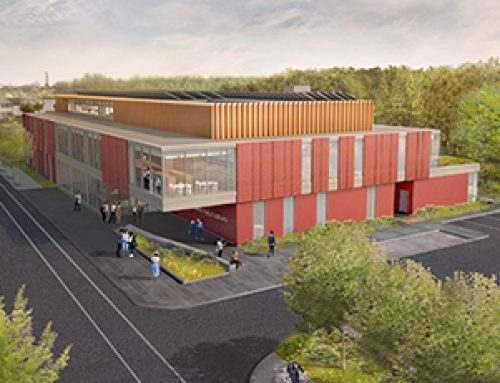The Cost of Solving the Library Building Issues
by Kathy Keohane
It is often asked: Why can’t we fix the old library building? Why build a new one?
The answer is money.
Over the last few months, the Board of Library Trustees tasked CHA Consulting with evaluating the building to answer key financial questions:
What are the “must fix” systems?
How much will it cost?
What is the updated cost for the new building?
The answers are stark, but not surprising. Twenty years ago, the Library Trustees began sounding the alarm that building systems were overdue for replacement. However, other buildings in Belmont were in worse condition. Since 1999, eleven town and school buildings or facilities have been renovated or replaced, but the library never made the cut and continued to deteriorate. It is now urgent.
These are not simple repairs. We must fully replace nearly every library building system – most are over 50-years-old – and they are expensive. For example, the fire alarm system is estimated to cost $757,000. There are a dozen projects like this.
These repairs cannot wait. The clock is ticking. Many systems are decades beyond their useful life, and the pace of failures is accelerating. Roof leaks, broken pipes, electrical problems, and other system issues occur nearly every week, resulting in damage to books, computers, ceilings, and more, plus unknowable problems inside the walls. If one of these systems has a catastrophic failure, we may be forced to close the library for an indefinite period of time as we chart a course forward.
Addressing every required system would swamp the town’s $1.5 million annual capital budget. Among others, these projects include updating electrical systems (not full replacement) – $437,000; replacing the elevator shaft and lift – $1.6 million; HVAC replacement – $3.2 million; building envelope repairs (rotting windows and masonry) – $845,000; partial roof replacement – $374,000. The annual capital budget cannot tackle projects of this scale and still fund other town needs.
These repairs cannot be addressed individually. The interdependencies create a cascading effect. For example, the 40ish-year-old A/C systems fail every year, but it would be absurd to mount new compressors on a roof that is leaking and has structural issues. The electrical system cannot handle the load of modern compressors, not to mention air purifiers and other equipment. Replacing the electrical system would require removing walls and ceilings to redo wiring, plus the cost to remediate asbestos and lead. It’s a game of dominoes.
Any grouping of projects would exceed the $1.8 million ADA threshold. The library is not accessible – wheelchairs cannot enter the front door and do not fit in the elevator. This is disgraceful. The building is grandfathered, but if we spend more than $1.8 million in cumulative repairs over three years, compliance with the Americans with Disabilities Act and current building codes will be required. This includes a new elevator, elevator shaft, bathrooms, shelving, reconfiguration, fire alarm compliance, seismic upgrades, electrical upgrades, etc., plus remediation of asbestos in the walls, floor tiles, and ceilings.
A systems repair project to tackle just the critical systems would cost over $25 million. This project is not a full renovation – it would only address the known system failures and ADA/code compliance. Space challenges would be exacerbated because repairs would reduce the programmatic space by 25% due to ADA configuration requirements. Despite this massive investment, water table issues, structural problems, and high operating costs would persist. A “repaired” building would not be completely “renovated.” Simply put, the library building does not have good bones.
The new building design is estimated to cost $35.8 million if built in 2024. It will be a modestly sized building that meets the needs of our community for the next 50-100 years. It is open, flexible, filled with light, energy efficient, and supports the way libraries are used today. However, with 4% cost escalation, the price tag increases over $1 million every year we wait.
We cannot wait any longer.
There is only one fiscally responsible path forward. If we want to keep a library in Belmont, we must replace the library building.
To make a donation to the new library or watch a short video about the building failures, visit https://bit.ly/3EniNwT.
Kathy Keohane is the vice-chair of the Board of Library Trustees and a member of the Library Building Committee.
This article appeared in the Belmont Citizen Herald © 2021, and can be found at this link.





